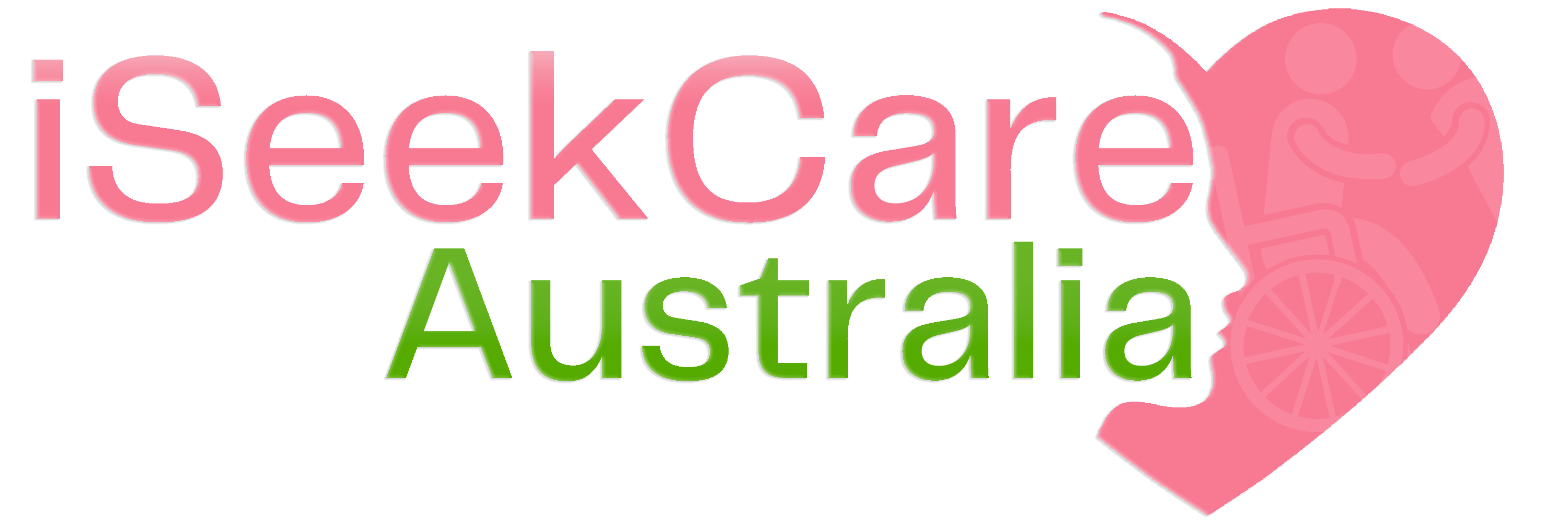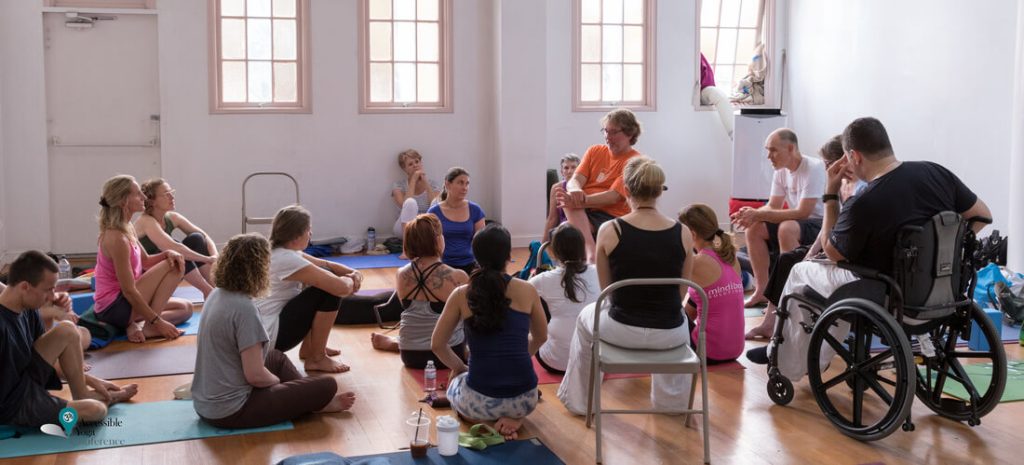Empower, Stretch, Thrive: The Healing Power of Yoga for Individuals with Physical Disabilities
Yoga is often associated with images of fit and flexible individuals performing complex poses gracefully. However, It is much more than that. It is an ancient practice that can be adapted to suit the needs of people of all ages, sizes, and abilities. It is not just for the physically fit, but also for those who may have certain limitations or disabilities. One group that can greatly benefit from yoga is individuals with physical disabilities. In this blog post, we will explore the healing power of yoga for people with physical disabilities, highlighting how this ancient practice can help them to empower, stretch, and thrive.

1. Empowerment through yoga:
Individuals with physical disabilities often feel limited and helpless due to their physical condition. Yoga can help them to feel empowered and confident, making them feel like they can start to take control of their bodies. Through the practice, individuals with physical disabilities can learn to connect with their bodies by listening to their needs and working with their limitations.
2. Yoga Stretching:
Stretching is an essential aspect of yoga, and it is particularly beneficial for people with physical disabilities. Stretching can help to increase flexibility, improve range of motion, and prevent muscle stiffness or damage. It also helps individuals to stretch their minds and change the way they view their bodies. Through it, individuals with physical disabilities can learn to be more mindful of their bodies and understand the importance of self-care.
3. Thrive:
Yoga is not only physical but also emotional and spiritual. It can help individuals with physical disabilities to manage stress, anxiety, and depression. Additionally, It can help to boost their self-esteem and sense of well-being. Yoga can also be a social activity where individuals can connect with others who may have shared experiences.
4. Yoga Adaptations:
One of the most significant benefits of yoga is that it can be easily modified to suit the needs of individuals with physical disabilities. A trained teacher can provide different adaptations and props to make the poses accessible and safe for people of all abilities. It can be practiced in a chair, on a mat, or even in a pool. There are no limits to what is possible with the right adaptations.
5. Finding the right teacher for Yoga:
For individuals with physical disabilities, finding the right teacher is crucial. A qualified teacher will be able to make appropriate adaptations and provide a safe and supportive environment to practice. It is also important for individuals to speak with their doctor before starting a new exercise program.
Conclusion:
Yoga is a powerful tool for those seeking to improve their physical, emotional and spiritual well-being. For people with physical disabilities, it can be an excellent way to feel empowered, stretch their bodies and minds, and thrive. With the right adaptations and a qualified teacher, individuals can safely practice and experience the many benefits it has to offer.



